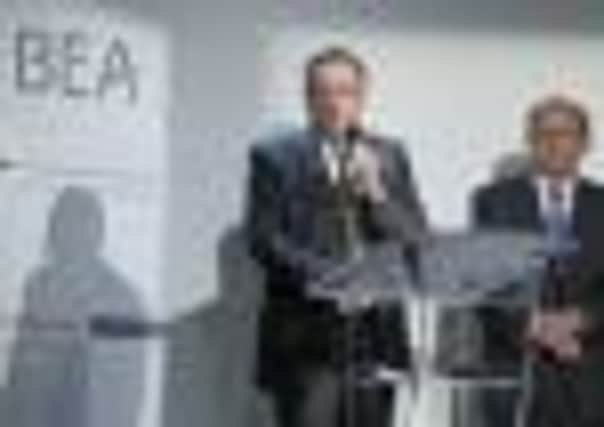‘Sensor fault and pilot error caused Air France tragedy’


Investigators recommended better instruction for pilots on flying manually at high altitudes and stricter plane certification rules as a result of a three-year investigation into the worst disaster in the airline’s history.
Airbus, manufacturer of the A330 plane, Flight 447, said it is working to improve speed sensors known as pitot tubes and making other efforts to avoid such accidents in future. Air France said the pilots “acted in line with the information provided by the cockpit instruments and systems. The reading did not enable them to apply the appropriate action.”
Advertisement
Hide AdAdvertisement
Hide AdBut the Bureau for Investigations and Analysis’ findings yesterday raised broader concerns about training for pilots flying hi-tech planes when confronted with a high-altitude crisis.
The report could also have legal implications – a separate judicial investigation is still under way, and Air France and Airbus both face preliminary manslaughter charges.
The bureau’s analysis lists a combination of “human and technical factors” behind the crash. The plane, flying from Rio de Janeiro to Paris, slammed into the sea during a thunderstorm on the night of 1 June, 2009.
Some families of victims felt investigators didn’t focus enough on the equipment problems, saying the two pilots were doing what they could while faced with a barrage of inaccurate information.
Ice crystals that blocked the pitot tubes were the “unleashing event” that set off the plane’s troubles, chief investigator Alain Bouillard said. The plane’s autopilot shut off and the co-pilots had to fly manually, while a succession of alarms were going off. The captain was on a break.
In one fatal decision, the report says, one of the co-pilots nosed the Airbus A330 upward during a stall – instead of downward, as he should have – because of false data from sensors about the plane’s position. Mr Bouillard said that was an “important element” of the cause of the crash.
He said the two pilots never understood that the plane was in a stall. He said only a well-experienced crew with a clear understanding of the situation could have stabilised the plane in those conditions.
“In this case, the crew was in a state of near-total loss of control,” Mr Bouillard said.
Advertisement
Hide AdAdvertisement
Hide AdA basic manoeuvre for stall recovery, which pilots are taught during flight training, is to push the yoke forward and apply full throttle to lower the nose of the plane and build up speed. But because the pilot thought the plane was diving, he nosed up.
It was noted that manufacturers had known for years about problems with the plane’s speed sensors freezing over, but didn’t order the faulty models systematically replaced until after the crash.
Central to this accident is the fact that when the automation failed, the pilots were presented with conflicting information which was obviously incorrect, said William Voss, president of the US-based Flight Safety Foundation.
“Pilots a generation ago would have done that and understood what was going on, but [the AF 447 pilots] were so conditioned to rely on the automation they were unable to do this,” he said.